Antique pot? Any information on it would be greatly appreciated!
izziwizzi
10 years ago
Related Stories
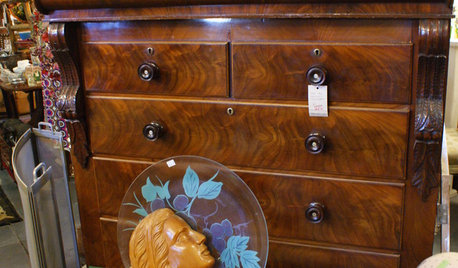
FURNITUREHow to Find Great Antiques Near You
Experience the thrill of the hunt with these tips for finding the best sources of antiques in your area
Full Story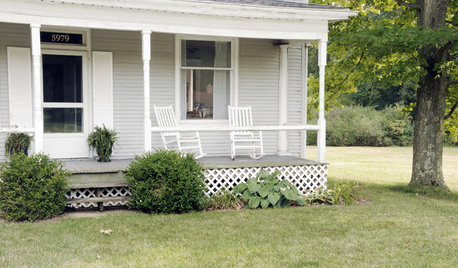
LIFE9 Ways to Appreciate Your House Just as It Is
Look on the bright side — or that soothingly dark corner — to feel genuine gratitude for all the comforts of your home
Full Story
MOST POPULAR12 Key Decorating Tips to Make Any Room Better
Get a great result even without an experienced touch by following these basic design guidelines
Full Story
KITCHEN DESIGNCoffee Bars Energize Any Room
Love coffee? Wake up to these great designs for a café-style area in the kitchen, guest room and even bathroom
Full Story
FURNITUREAntiques Shopping? Let Love Guide Your Search
If discovering aged treasures is your passion, you’re not alone. Find a kindred spirit and his buying tips here
Full Story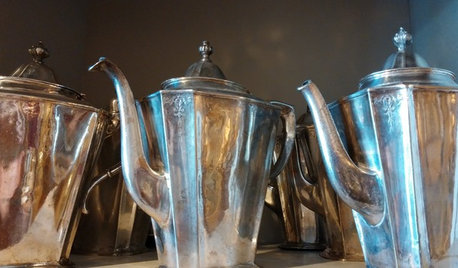
TRADITIONAL STYLEDecorating With Antiques: Silver’s Legacy
Learn how to tell sterling from plate, ways to display pieces and why silver is so darn special to begin with
Full Story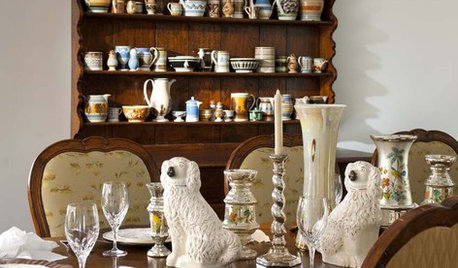
TRADITIONAL STYLEDecorating With Antiques: The Magic of Ceramics
Bring charm and beauty to a room with collected ceramics — used as intended or entirely reinvented
Full Story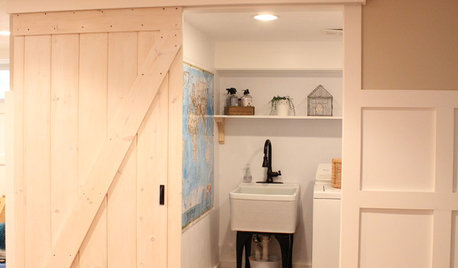
DIY PROJECTSMake Your Own Barn-Style Door — in Any Size You Need
Low ceilings or odd-size doorways are no problem when you fashion a barn door from exterior siding and a closet track
Full Story
FURNITURESmart Shopper: How to Judge Antique Furniture Quality
Pick the treasures from the trash without expert experience by learning how to evaluate antiques and what questions to ask
Full Story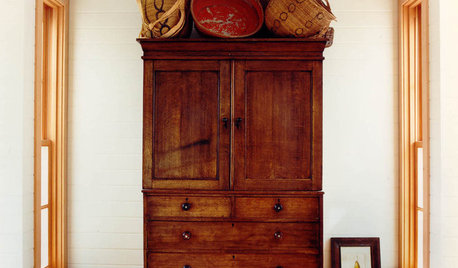
DECORATING GUIDESA Beginner's Mini Guide to Buying Antiques
Experience the thrill of the hunt without ignorance ruining the spoils, with this guide to antiquing for novice buyers
Full Story











duluthinbloomz4
calliope
Related Professionals
Carlsbad Furniture & Accessories · Midland Furniture & Accessories · Carson City Furniture & Accessories · Robbinsdale Furniture & Accessories · Boulder Painters · Plymouth Painters · Beach Park Painters · Dunwoody Painters · Galveston Painters · Greeneville Painters · San Antonio Painters · Chambersburg Furniture & Accessories · Fountain Furniture & Accessories · Memphis Professional Organizers · San Antonio Professional Organizerscalliope
duluthinbloomz4
izziwizziOriginal Author
izziwizziOriginal Author
calliope
duluthinbloomz4